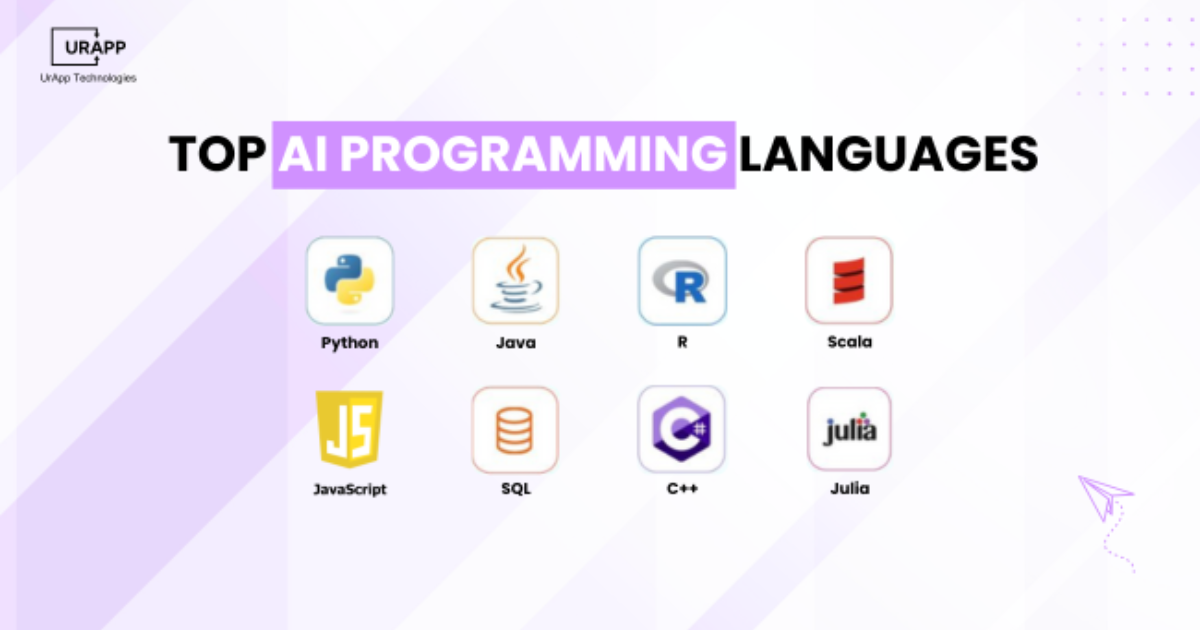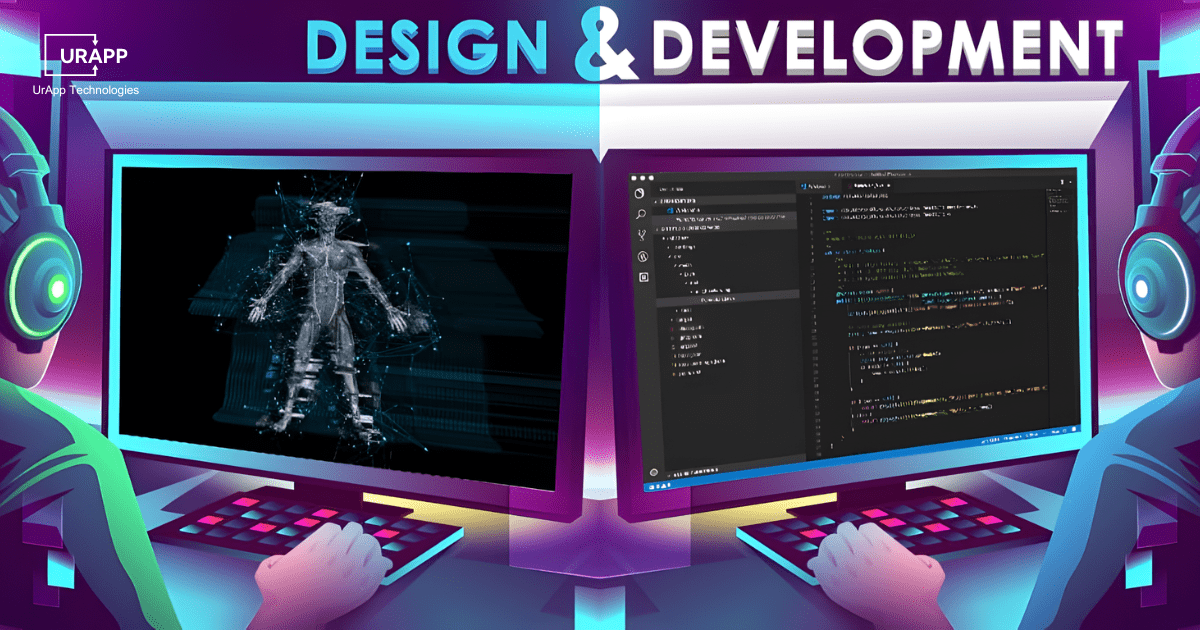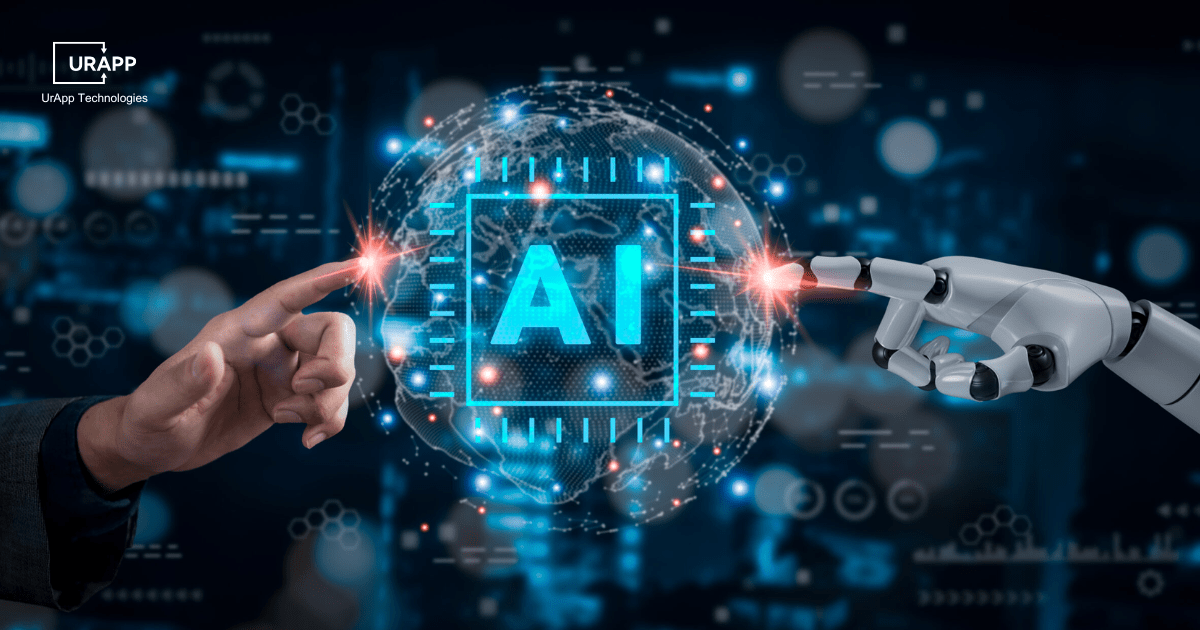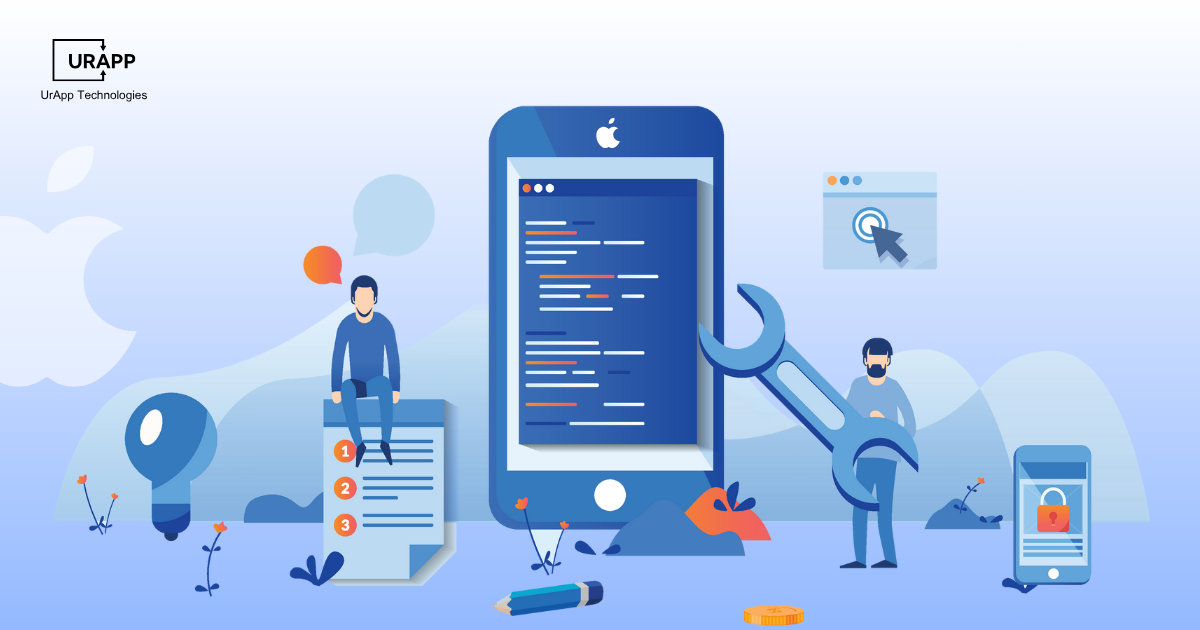Top AI Programming Languages for 2025 Developers
In a world where AI is writing code, predicting diseases, and even composing music, the question isn’t
“Will AI replace developers?”
it’s “Which programming language will empower developers to build the smartest AI?”
.
Introduction
Programming languages in the World of AI experience constant evolution. Developers need to select appropriate programming languages for AI because it ensures efficient development of algorithms and models.
In this blog, we explore the top AI programming languages in 2025, highlighting their advantages, use cases, and future potential for developers, startups, and enterprises building intelligent solutions.
Top 10 AI Programming Languages
A variety of programming languages power today’s AI innovations, each offering unique strengths. Python leads with simplicity and rich libraries, while R excels in statistics and visualization. Java and C++ deliver performance for large-scale and real-time systems. Languages like Julia, JavaScript, Swift, Go, MATLAB, and Scala support specialized needs—from mobile AI and web apps to numerical computing and big data—making them valuable tools in modern AI development.
Python
Python stands as the leading AI programming language in the development community. Its basic format becomes a preferred language which suits development novices and experts equally well.
- Python features a wide range of frameworks in programming and libraries including TensorFlow and PyTorch which assist developers in their deep learning and machine learning work.
- The frameworks supply ready-made functions along with tools which shorten development periods substantially.
- Python offers versatility through its programming capabilities that enable developers to create different AI applications spanning natural language processing, computer vision, and robotics.
- Python stands as the preferred programming language among data scientists because it offers outstanding tools for data processing and analysis which include Pandas and NumPy.
- The programming language functions well because its extensive community support enables developers to locate fast resources and solutions.
R
R maintains a strong position as a programming language for Artificial Intelligence since it leads statistical analysis alongside data visualization capabilities. Researchers and statisticians favor R for its robust statistical packages and tools.
- The machine learning framework of R contains caret and randomForest libraries that deliver crucial functionality for these tasks.
- The development of AI heavily depends on data visualization capabilities where R shows a clear lead.
- Its complicated graphic creation functionality makes it possible for developers to recognize important data patterns and emerging trends.
- The ability of R to work with big data technologies produces powerful capabilities that position it as an important tool for AI practitioners.
Java
Java remains a strong contender in the realm of AI programming languages. Object-oriented features alongside platform independence convert Java into an optimal choice for implementing large-scale projects.
- Java's stability and performance are critical for developing complex AI systems.
- Java Virtual Machine provides developers with the ability to execute applications across all devices, thus increasing system usability.
- The machine learning and data mining space benefits from essential tools which the libraries Deeplearning4j and Weka provide users.
- The robust community backing Java makes extensive documentation and development resources available to programmers.
- Java technology serves as an important factor which will shape the Android app development future, allowing the creation of sophisticated mobile applications through its integration of AI technologies.
- Developers should avoid common mobile app development mistakes to ensure effective AI functionality, as user experience degradation and performance issues can prevent AI features from working properly.
C++
Experts consider C++ the top language when designing low-latency AI solutions because it offers excellent speed and efficiency capabilities. Developers use C++ for real-time processing needs in robotics applications in addition to computer vision operations.
- Programmers can achieve specific performance optimization levels through direct hardware resource manipulation features of this programming language.
- OpenCV for computer vision together with TensorFlow for machine learning enable developers to build AI applications which deliver top performance.
- Modern developers rely on the C++ language when conducting operations that demand peak system performance.
Julia
The programming language Julia has established itself as a rapidly evolving language which embraces acceptance in the AI development field. The combination of speed and usability features in this language attracts developers who need fast processing.
- The programming syntax of Julia functions similarly to Python so beginners can build their understanding without difficulty.
- Through its mathematical prowess, Julia maintains excellence in numerical computing and scientific operations which provides strong support to AI mathematical procedures.
- The performance of Julia increases through its ability to connect with C and Fortran libraries, which enables developers to use existing code bases.
- Steady growth of AI will boost interest in Julia programming language.
JavaScript
Web-based AI systems use JavaScript although this language was not historically relevant to AI development. Developers now use TensorFlow.js along with other machine learning frameworks to directly execute AI algorithms through web browsers.
- JavaScript provides developers the ability to build interactive applications which operate without issues across multiple devices.
- Web developers should select the language combination of HTML and CSS alongside JavaScript because it delivers superior user experience to build AI-driven web applications.
Swift
The iOS app development language standard is Swift. Users can develop AI applications on Apple devices because of Swift's capabilities and safety attributes alongside outstanding functionality.
- Core ML integration in Swift provides developers with an easy way to embed machine learning models in their applications.
- A combination of basic syntax structure and modern language features makes the creation of efficient AI-driven iOS applications possible for developers through rapid development.
- Swift gains power from new expanding libraries and frameworks, which establishes it as a practical choice for AI application development.
Go
The AI programming domain increasingly adopts Golang under its popular name Go. Scalable AI applications fit well with what concurrency features offer.
- Through its design simplification, Go lets programmers construct speed-optimized applications that process extensive data sets.
- The language provides strong capabilities for executing multiple processing operations simultaneously, which benefits AI applications that need major computational power.
- The expanding Go community together with its expanding library system makes this language more attractive for AI programming tasks.
MATLAB
The primary purpose of the programming language MATLAB is numerical computing. Academia and industry apply this programming language extensively for their AI development and research purposes.
- Mathematical complexity becomes simple in MATLAB through its built-in function library and toolboxes.
- Developers can use visualization features to generate intricate graphs and plots which support data analysis.
- Due to its machine learning and deep learning toolboxes, MATLAB serves as a valuable tool for AI professionals.
Scala
Scala's mixed design approach of object-oriented and functional languages gives developers a strong framework for AI work. Java developers can use existing libraries from their Java codebase together with the concise syntax of Scala.
- The big data processing capabilities of Scala are strengthened by its integration with Apache Spark platforms that boost its AI development potential.
- Data-intensive AI applications find Scala attractive because the language effectively processes big datasets.
Comparison of Leading AI Programming Languages
| Programming Language | Best For (2025) | Key Libraries/Frameworks | Performance & Strengths | 2025 Trend / Adoption |
|---|---|---|---|---|
| Python | Machine Learning, Deep Learning, NLP, AI Automation | TensorFlow, PyTorch, Keras, scikit-learn | High – versatile, rapid prototyping, strong community | Powers 70%+ of AI projects; remains dominant in enterprise & research |
| R | Data Analysis, Statistical Modeling, Visualization | caret, ggplot2, randomForest | Moderate – excellent analytics, slower runtime | Strong in AI-driven analytics; widely used for dashboards & reporting |
| Java | Enterprise AI, Scalable Systems, Android AI apps | Deeplearning4j, Weka | High – stable, cross-platform, scalable | Popular in large-scale AI deployments and mobile integration |
| C++ | Robotics, Real-time Systems, Computer Vision | OpenCV, TensorFlow C++ API | Very High – fastest performance, low-latency AI | Essential for AI systems requiring real-time processing |
| Julia | Numerical Computing, Scientific AI, Mathematical Modeling | Flux.jl, MLJ.jl | High – combines speed with usability for math-heavy AI | Rising rapidly; gaining adoption for scientific AI & simulations |
| Go (Golang) | Concurrent AI, Cloud AI, Scalable Services | Gorgonia, Gonum | Moderate – great for concurrency & distributed AI | Increasingly used in scalable AI services & cloud-based solutions |
| Swift | iOS AI Apps, Mobile Machine Learning | Core ML, Swift for TensorFlow | High – optimized for Apple devices, secure | Strong adoption for AI on Apple ecosystem; rising in mobile AI apps |
| JavaScript | Web AI, Interactive AI Apps, AI-Powered Frontend | TensorFlow.js, Brain.js | Moderate – flexible, web-friendly | Growing for AI in web & browser-based ML; easy integration with front-end |
| MATLAB | Research, Prototyping, Algorithm Development | Deep Learning Toolbox, Statistics Toolbox | High – specialized for numerical & scientific computing | Maintains relevance in academia and industrial AI research |
| Scala | Big Data AI, Distributed Systems, Spark ML | Apache Spark MLlib, Breeze | High – efficient for large-scale data AI | Used in AI + big data pipelines; popular in enterprise AI & analytics |
How to Pick the Right Programming Language for AI
Choosing the best language for AI depends on your current skill level and future career direction. Here's a quick guide to help you decide:
- Starting out?
Go with Python. It's beginner-friendly, widely used in AI, and backed by a huge support community.
- Interested in mobile AI apps?
Try Java. It’s practical, easy to debug, and great for building scalable AI systems.
- Focusing on data-heavy tasks?
Look into Julia. It's fast, efficient, and ideal for data analysis and complex AI functions.
- Aiming for robotics or embedded AI?
Choose C++ for its speed and precision, especially useful in performance-critical systems.
Key Takeaways
- Python remains the king of AI development in 2025, powering over 70% of AI projects thanks to its versatility and libraries like TensorFlow and PyTorch.
- R continues to dominate data visualization and statistical modeling for AI-driven analytics.
- Java and C++ deliver high-performance and scalable AI systems suitable for enterprise and real-time solutions.
- Julia, Go, Swift, and JavaScript are rising fast, bridging AI with web, mobile, and concurrent processing.
- MATLAB and Scala remain powerful for scientific research and big data AI development.
- Selecting the right language in 2025 depends on your project’s speed, scalability, and ecosystem — not just popularity.
Conclusion
Successful AI development requires selecting the optimal AI programming language. AI projects benefit from the distinct characteristics which each programming language provides for different aspects of Artificial Intelligence development. Python stands as the primary AI programming language because developers prefer it's easy-to-use nature alongside its broad collection of libraries. R stands out for statistical operations but Java and C++ dominate in performance-based needs. The programming languages which are currently emerging such as Julia and Go bring promising advancements to AI development prospects.
AI development requires developers to keep track of the best programming languages that advance AI technology. A suitable language selection produces substantial effects on artificial intelligence project results. Contact URAPP to develop your AI solutions.







